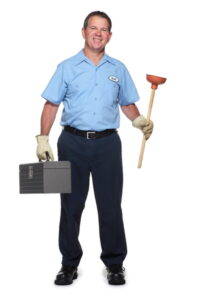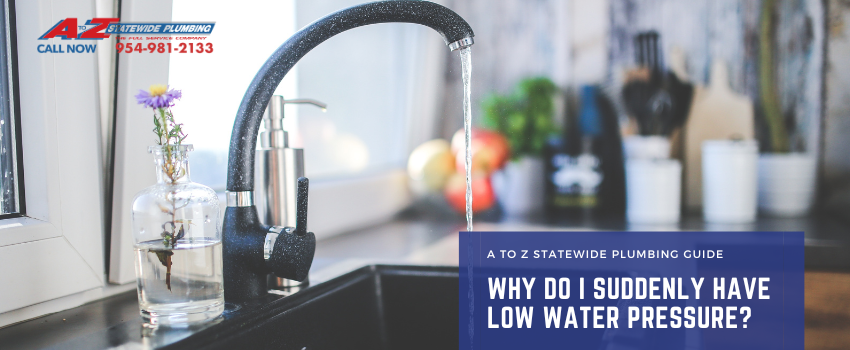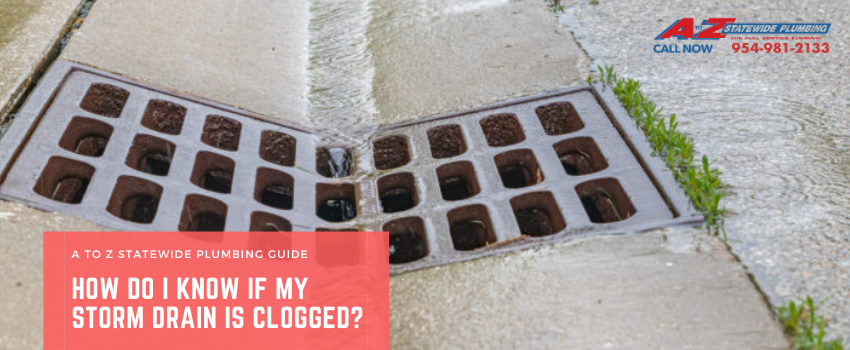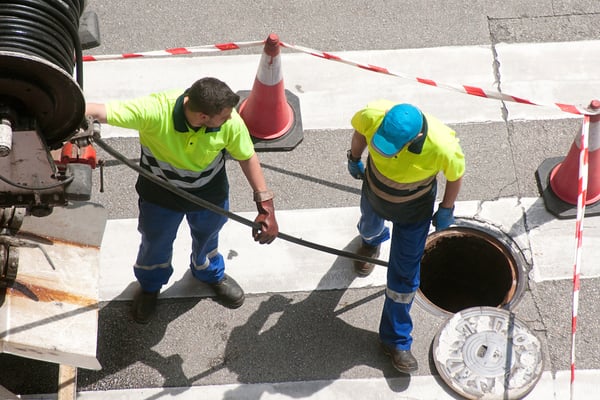
It takes a bit more than a keen eye to get a good look at the quality of an underground sewer pipe. Sewer pipe maintenance requires not only a skilled worker, but also the ability to accurately view damages in a manner that keeps everyone on the team safe.
To thoroughly inspect an underground sewer pipe, you can rely on a team of certified plumbers. Those who have received a certification from NASSCO’s Manhole or Pipeline Assessment Certification Programs are trained in safely conducting inspections. This requirement ensures that all inspections are consistent and conducted at a high level of quality. Additionally, plumbers with this certification are qualified and highly skilled to use the technical equipment needed for a thorough inspection.
About Technical Sewer Inspections
The main objective of a sewer line inspection is to gather visual information to assess the quality of the interior of the system’s pipes. Sewers transport wastewater and runoff from Sacramento homes and businesses out to treatment plants. Since these sewer lines see a lot of use, they require regular upkeep to ensure that they are properly moving waste away from the city. If you’re thinking about buying a home, it’s also a good idea to conduct a sewer inspection to ensure that the structural integrity of the underground pipelines are intact.
During an inspection, a plumber may be looking for a few different things. First, an inspection is necessary for routine maintenance. Just like how you take your car into the shop regularly, the sewer pipes in Sacramento also need to be proactively inspected. Even if there are no obvious signs of damage, you never know what you might find if you haven’t conducted an inspection in a long time.
In conjunction with regular maintenance inspections, regular cleaning will reduce the normal wear and tear seen on the inside of sewer pipes. Of course, with any sewer line there is a large amount of wastewater that travels through the network of pipes so some blockage or minor damage is normal to find during an inspection. That being said, regular cleanings and inspections can extend the lifespan of sewer lines.
The next reason a municipality may need a sewer inspection is to resolve sewer line damage that may be hazardous to the surrounding people and properties. This includes a blocked sewer or backflow of wastewater. With an inspection, plumbers will be able to identify the source of the issue and resolve it before the problem becomes worse.
Tools Used For Sewer Line Inspections
Conducting a sewer inspection is no easy task. However, there are tools available to make the process as seamless and safe as possible for both plumbers and nearby pedestrians. Let’s dive into some common tools and equipment needed for a thorough sewer line inspection.
Locator Device
To conduct a sewer inspection, plumbers first need to know where the pipe is. Using a magnetic device, plumbers can determine the location of a pipe based upon its magnetic field. Usually these sensors are placed about eight feet apart and detect the difference in the magnetic field between them.
Manhole Hook
To enter the sewer pipe, the manhole needs to be removed. These steel pieces are very heavy, so it’s always useful to have a bit of assistance. Plus, hooks ensure that the manhole cover is removed safely before beginning a sewer line inspection.
Cameras
An excellent way to conduct an inspection is with a camera. This allows for projects to be conducted from above ground, instead of digging up sewer lines. With a camera, the inspection process can be conducted safely and effectively. Plus, these tools are also useful for trenchless pipe repair projects. There are several camera options that a municipal plumber might choose to use, depending on the application needed.
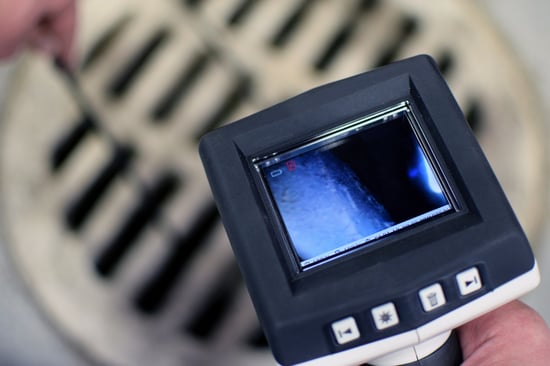
Pole Cameras
An easy way to view the interior of sewer lines is with a small camera mounted to a pole. This camera offers limited mobility as the pole is unable to maneuver around curves, though it can be useful when a sewer line is too damaged for a plumber to safely enter.
Crawler Cameras
A crawler camera is a device that is remotely controlled to travel along the bottom of a sewer line. Depending on the wheels used, the crawler can traverse over obstacles and find damages. With the camera attached, an inspection team can view any of these defects and report on detailed images captured by the device. Again, these cameras allow for safe viewing of damaged areas that are hard to access.
Push Cameras
A push camera is frequently used to view lateral lines and drain pipes. A camera that is attached to the end of a long cable is pushed through a sewer line to inspect any damages. At the other end of the cable, plumbers can view the images taken by the camera and displayed on a small computer screen.
Push cameras have more flexibility than pole cameras, though the angle of viewing might be difficult to adjust. With this type of camera, inspections can be completed quickly and safely for both small-scale projects and larger municipal pipe viewing needs.
Gas Monitors
To ensure a safe inspection, plumbers use gas monitoring equipment before removing a manhole cover. A gas monitor can detect methane and hydrogen sulfide near the opening of a sewer line and allow for plumbers to take necessary precautions.
These gasses can cause significant damage to the surrounding area and personnel if there is a spark nearby. So, detecting the gas before beginning an inspection process is a necessary procedure to ensure everyone is safe.
Safety Equipment
It’s important that all plumbers prioritize safety on the job. This includes using street cones, flags, hard hats, reflective vests, and more to ease the threat of hazards while working. These items can keep cars and pedestrians away from hazardous zones while keeping the plumbers visible and protected.
What to Expect During a Sewer Inspection
Before a team of plumbers comes in to conduct a sewer line inspection on your property, you should probably have an understanding of what they’ll be doing. The goal of this inspection is to find the source of any known problems and also identify any existing ones that may have gone under the radar.
During the inspection, a plumber will use the equipment listed in this article to view the interior of sewer pipes on your property. For residential lateral lines, they will likely use a simple pole or push camera to get a good look at the sewer pipe. With this camera, the plumber will keep an eye out for root intrusion, cracks, clogs, and corroded materials.
The process is very similar for municipal sewer line inspections. The key difference here is the equipment used will likely be more sophisticated. For larger pipes, it’s common for plumbers to use a crawler camera to have more flexibility when covering a greater surface area.
In the past, plumbers would have to enter the large sewer pipes themselves after removing the manhole cover. This made the work very difficult and quite dangerous due to the low lighting and small area to work in. With advanced cameras, inspection teams are able to get a much more detailed view of sewers and record thorough data.
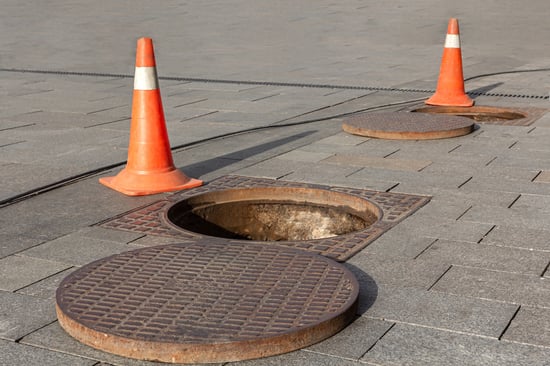
Hire Sacramento Professional Plumbers for Sewer Line Inspections
Regular sewer line inspections ensure that the waterways in Sacramento stay safe for residents, businesses, and visitors. While you may not think twice about sewer lines, it’s critical that they are well maintained to keep this city running smoothly.
For all sewer line needs, you can count on the certified plumbers at Express Sewer & Drain for detailed inspections and repair services. We specialize in trenchless technology to ensure that all projects are completed safely and with a close attention to detail. If you’re looking for a team to conduct an inspection, reach out to us today!

This post first appeared on https://www.expresssewer.com
